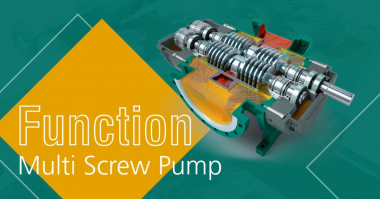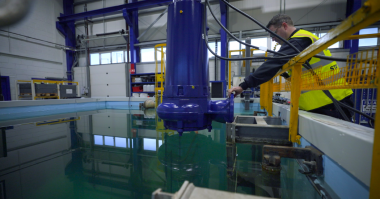Over the past several decades, devices with wireless communication using proprietary radios have been installed in tough industrial applications. Industrial networks are being modernized and technologies related to the Industrial Internet of Things (IIoT) are being rapidly adopted, resulting in an increase in non-proprietary (i.e. open) wireless communication technologies.
Proprietary protocols are those designed and created by a single manufacturer. One of the advantages of using proprietary protocols is that it can be highly customized to the user’s application since the manufacturer has ownership of the protocol design and how it is implemented. On the downside however, once users are locked into a proprietary protocol, it is hard to migrate to a different system. There is also the danger of the manufacturer discontinuing the product line with its associated proprietary protocol, or even its entire operations. Users are held captive to a vendor’s proprietary technologies, which is risky.
Open protocols (e.g. WirelessHART, ISA100) are collaboratively developed by a consortium or group of users; and while it may be frowned upon as a one-size-fits-all approach to wireless communication technologies, its benefits far outweigh its limitations. For example, open protocols facilitate interoperability between devices from different brands. As a user, you have the freedom to purchase from various vendors operating on the same protocol. No longer are you bound to a single proprietary vendor. Secondly, open protocols are typically viewed as being more secured and safer compared to proprietary technologies. This is because multiple groups of users are actively contributing to the improvement of the technology design and implementation.
As a user exploring the implementation of wireless technologies here are some starting considerations:
- Interoperability– Do you currently use a variety of instrumentation brands in your facility? If so, majority of main instrumentation brands are already open-protocol enabled.
- Scalability– Do you plan to scale your wireless operations in the future? Open protocols are most cost-efficient to scale.
- Technology development– How important is staying technology-relevant to your organization? Open protocols are continuously enhanced through working user groups and its relevancy is benchmarked to leading vendors and end users in the industry.
Depending on the application, both proprietary and open protocols have its own benefits. The industry is definitely trending towards more end-users being increasingly drawn to the advantages of open wireless technologies.





Comments